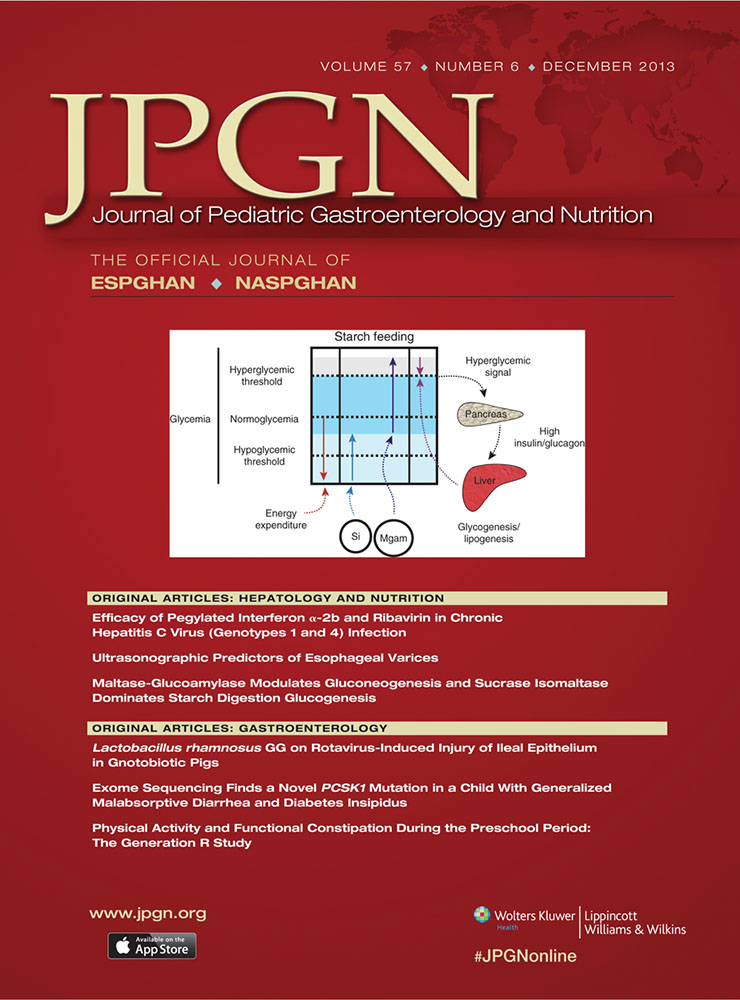Anemia and Iron Deficiency in Children
Association With Red Meat and Poultry Consumption
This article has been developed as a Journal CME Activity by NASPGHAN. Visit: http://www.naspghan.org/wmspage.cfm?parm1=742 to view instructions, documentation, and the complete necessary steps to receive CME credit for reading this article.
This study was supported by a research grant from CTS Pharmaceutical Company, Israel.
The authors report no conflicts of interest.
ABSTRACT
Objective:
The aim of this study was to study the relative contribution of dietary sources of iron in children with high prevalence of anemia and iron deficiency (ID).
Methods:
A cross-sectional study in 263 healthy, 1.5- to 6-year-old children in the Jewish sector of Jerusalem, Israel. Venous blood samples and a qualitative Food Frequency Questionnaire on iron-rich foods were obtained. Anemia was defined as hemoglobin <11 g/dL for children younger than 4 years and <11.5 g/dL for children older than 4 years; ID was defined as ferritin <12 μg/L.
Results:
Anemia was found in 11.2%, ID in 22%, and iron-deficiency anemia in 3.7%. The prevalence of anemia was higher in toddlers ages 1.5 to 3 years compared with children ages 3 to 6 years (17.7% vs 7.3%, P = 0.01). Children with extremely low red meat consumption (seldom) had 4-fold higher rates of ID than those who consumed ≥2 times per week (odds ratio 3.98; 95% confidence interval 1.21–13.03; P = 0.023), whereas poultry consumption was not associated with ID. Soy consumption was inversely associated with ferritin (marginally significant, r = −0.134, P = 0.057).
Conclusions:
The high prevalence of anemia and ID found in this study, mainly in children 1.5 to 3 years old, is related to low red meat consumption. The characteristically high poultry consumption in the Israeli population was not protective. The shift toward reduced red meat consumption and higher poultry consumption in developed countries may result in increasing the risk of ID.




